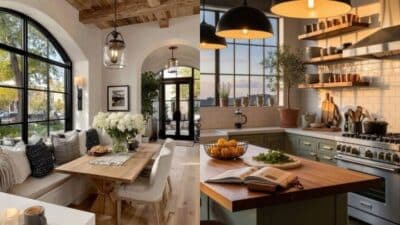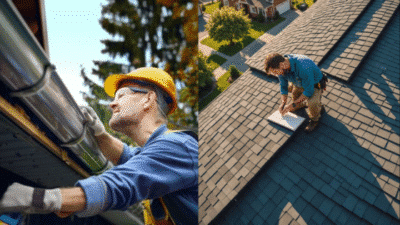
Every homeowner reaches that pivotal moment when they look around their property and think, “It’s time for a change.” Perhaps the kitchen feels dated, the garage door groans with every opening, or the master bedroom lacks that essential cooling breeze on warm nights. These aren’t just aesthetic concerns—they’re opportunities to transform your living space while potentially boosting your property’s market value significantly.
The challenge lies in distinguishing between renovations that offer genuine returns and those that simply drain your budget without meaningful impact. Not all home improvements are created equal, and understanding which upgrades deliver both immediate lifestyle benefits and long-term financial gains can save you from costly mistakes. The most successful property transformations share common characteristics: they address functional needs, enhance daily comfort, and appeal to future buyers should you ever decide to sell.
The Kitchen: Where Function Meets Family Life
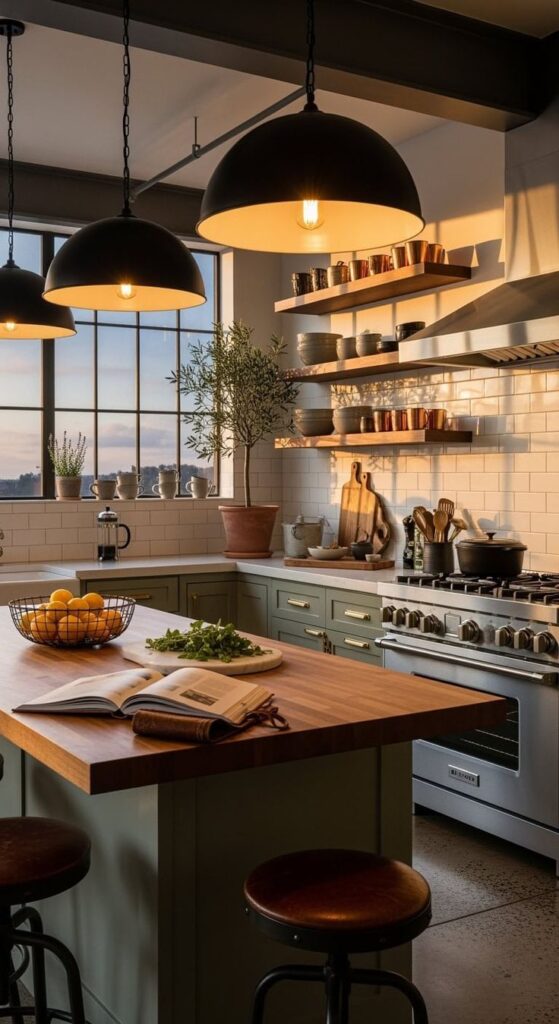
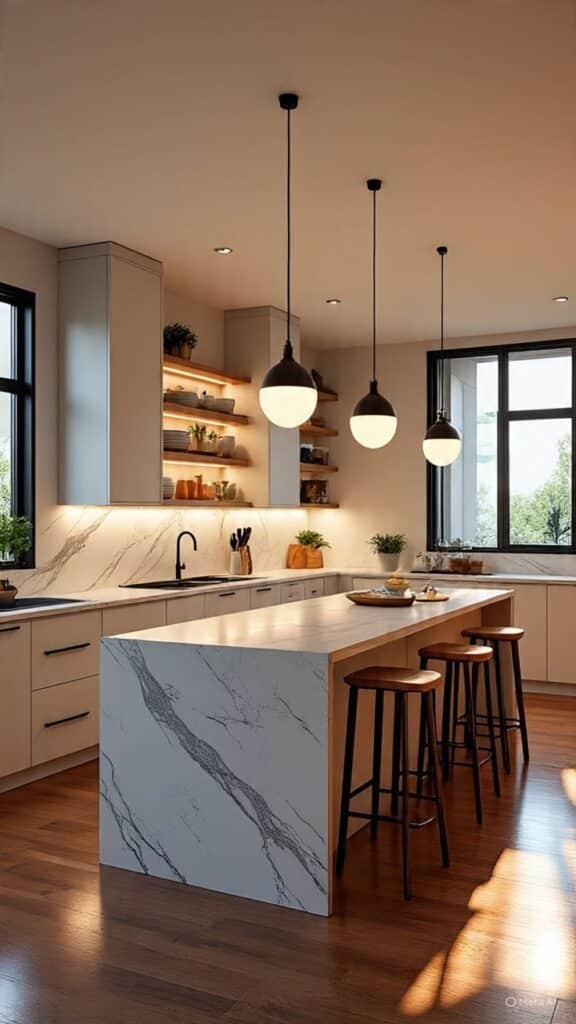
Walk into any property viewing, and you’ll quickly discover that kitchens sell homes. This central hub where families gather, meals are prepared, and memories are created holds disproportionate sway over buyer decisions and property valuations. Yet kitchen renovations also represent one of the most significant investments homeowners can make, which means getting it right is absolutely crucial.
The modern kitchen has evolved far beyond its utilitarian origins into a multifunctional space that must accommodate everything from quick weekday breakfasts to elaborate dinner parties. Open-plan designs have blurred the lines between cooking, dining, and living areas, placing even greater emphasis on aesthetics alongside functionality. Your kitchen needs to work hard while looking effortlessly stylish—a balance that requires careful planning and realistic budgeting.
Before diving into tile samples and appliance catalogues, understanding the true cost implications helps set realistic expectations. The investment required varies enormously based on your ambitions, existing layout, and quality of finishes selected. A basic refresh with new cabinet doors and updated hardware sits at one end of the spectrum, while a complete gutting and reconfiguration with premium appliances occupies the other. Most homeowners find themselves somewhere in the middle, seeking meaningful improvements without unnecessary extravagance.
The financial commitment for a quality kitchen transformation typically represents a substantial portion of your renovation budget, which is why understanding kitchen renovations cost early in your planning process proves invaluable. This knowledge empowers you to make informed decisions about where to splurge and where to save, perhaps choosing premium benchtops while opting for mid-range appliances, or investing in superior cabinetry while keeping the existing layout to avoid costly plumbing relocations. The key lies in aligning your budget with your priorities, ensuring every dollar contributes to a kitchen that enhances both your daily life and your property’s value.
Material selection dramatically impacts both your budget and the finished result. Stone benchtops offer durability and timeless appeal but command premium prices, while quality laminates have evolved to provide surprisingly convincing alternatives at a fraction of the cost. Cabinetry construction methods, hardware quality, and finish durability all affect longevity—cheaper options might save money initially but could require replacement sooner than you’d like.
The layout itself deserves considerable thought, particularly if you’re reconfiguring rather than simply refreshing. The classic work triangle connecting sink, stove, and refrigerator still holds merit, though modern kitchens often incorporate additional zones for preparation, baking, or coffee stations. Island benches add valuable workspace and casual dining options but require adequate surrounding clearance to function properly. Measure carefully and consider how you actually use your kitchen rather than how Instagram suggests you should.
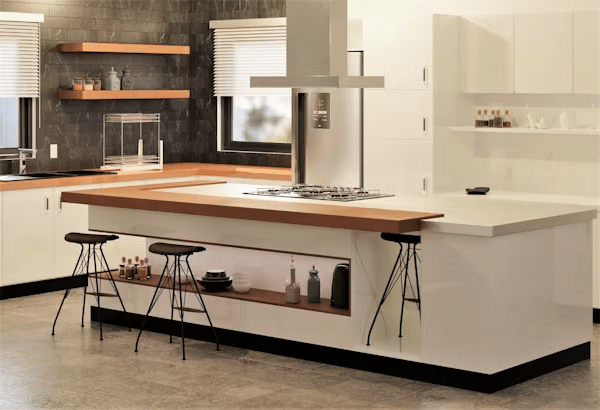
Professional Installation: The Difference Between Good and Great
Once you’ve designed your dream kitchen and selected materials, the installation phase determines whether your vision becomes reality or a cautionary tale. This is where many well-planned renovations falter—stunning designs poorly executed, budget-friendly materials installed without care, or DIY attempts that look easier on YouTube than they proved in practice.
Kitchen installation demands precision, experience, and a thorough understanding of how different elements integrate. Cabinets must be perfectly level despite floors that rarely are, benchtops need seamless joins that remain invisible, and appliances require exact measurements for that built-in look. Plumbing connections, electrical outlets, and splashback installations all must coordinate flawlessly, and mistakes at this stage prove expensive to rectify.
Attempting kitchen installation as a DIY project might seem budget-friendly initially, but the specialised tools required, the risk of costly errors, and the time investment often make professional installation the smarter choice. Expert installers bring not just skills but also problem-solving experience—they’ve encountered every possible complication and know how to address issues without compromising the finished result.
Many modern properties rely on skilled plumbers in Orillia
to maintain efficient water systems and support ongoing home upgrades.
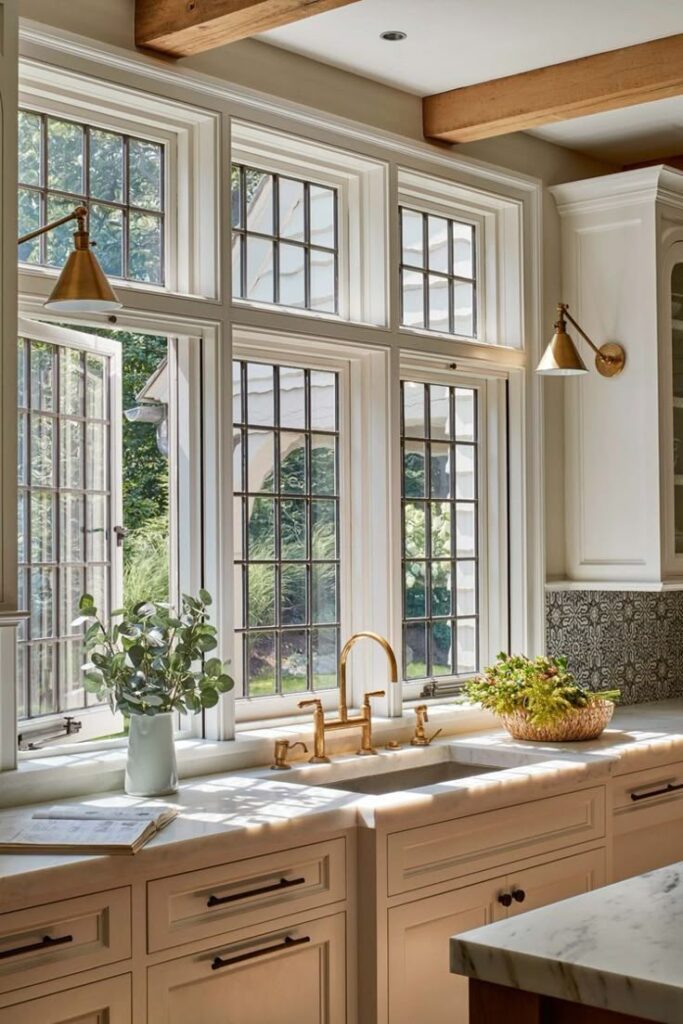
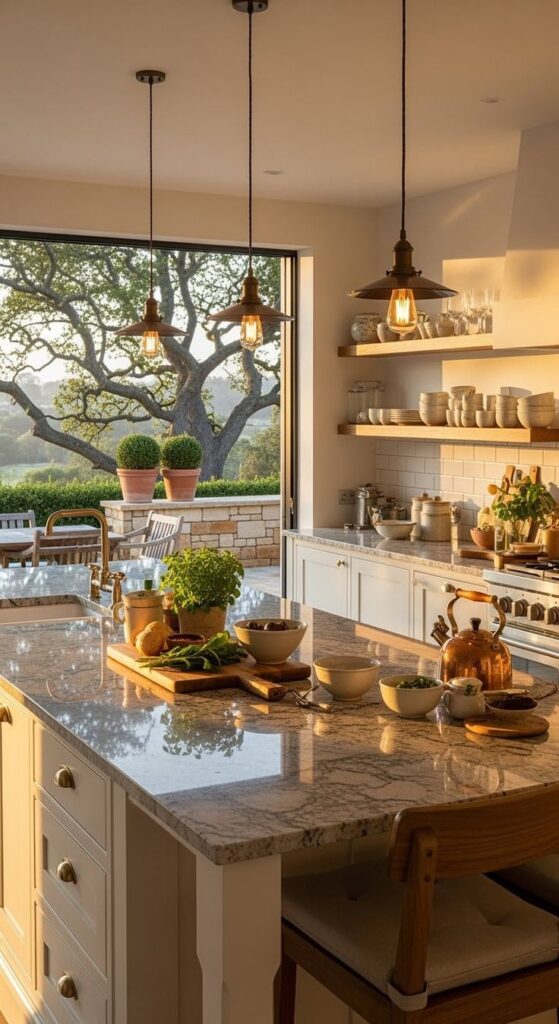
For those in New Zealand’s capital planning kitchen transformations, engaging an experienced kitchen installer in Wellington ensures your investment is protected through quality workmanship and proper installation techniques. Professional installers understand local building codes, work with inspectors to ensure compliance, and typically offer warranties on their work that provide peace of mind long after project completion. They coordinate the various trades required—plumbers, electricians, and tilers—managing the sequence of work to avoid delays and ensuring each element integrates smoothly with the others.
The installation timeline matters too, particularly if you’re living in the property during renovation. Professional teams work efficiently, minimising the disruption period when your kitchen is unusable. They protect surrounding areas from damage, manage waste removal, and leave your space ready to use rather than requiring extensive cleanup. The slightly higher upfront cost of professional installation often proves economical when you factor in the time saved, mistakes avoided, and superior finished result.
Beyond the immediate installation, consider the ongoing relationship with your installer. Reputable professionals stand behind their work, addressing any issues that emerge during the settling period and providing guidance on care and maintenance. This support proves particularly valuable in the first months when you’re adjusting to your new kitchen and discovering how everything functions.

Essential Climate Control: Comfort That Adds Value
While kitchens capture attention, the often-overlooked elements of climate control significantly impact daily comfort and property appeal. Australian and New Zealand homes face diverse weather challenges, from scorching summers to surprisingly chilly winters, and addressing these comfort factors can transform your living experience while adding measurable value to your property.
Ceiling fans represent one of the most cost-effective climate control solutions, offering year-round benefits that extend beyond simple cooling. During warmer months, they create gentle breezes that make rooms feel several degrees cooler without the running costs of air conditioning. In winter, reversing the blade direction circulates warm air that naturally rises to the ceiling, distributing heat more evenly throughout the room. This versatility, combined with relatively low installation and operating costs, makes ceiling fans an intelligent addition to virtually any room.
The aesthetic impact of ceiling fans has evolved dramatically from the purely functional designs of decades past. Modern options span every style imaginable, from sleek contemporary minimalism to classic elegance, ensuring your climate control doesn’t compromise your interior design vision. The finish and blade material you select can either blend seamlessly with existing decor or serve as a statement piece that enhances the room’s character.
Natural materials bring warmth and texture to interior spaces, which is why
timber look ceiling fans have surged in popularity among homeowners seeking that perfect blend of functionality and style. These fans complement timber flooring, wooden furniture, and the increasingly popular trend toward natural, organic interior palettes. The timber aesthetic works beautifully in both traditional and contemporary settings—a versatile choice that won’t feel dated as design trends shift. Beyond aesthetics, quality timber-look fans offer excellent durability and typically feature whisper-quiet motors that provide comfort without distraction.
Placement of ceiling fans requires thoughtful consideration of room size, ceiling height, and furniture arrangement. Fans work most effectively when blades sit approximately 2.4 to 2.7 metres above the floor and at least 30 centimetres from walls. In bedrooms, position fans to avoid direct air flow onto sleeping areas, which some find uncomfortable. Living areas benefit from fans centred in the room or above main seating zones, while outdoor entertaining spaces increasingly incorporate fans to extend usability during warmer weather.
Energy efficiency has become a crucial consideration for modern homeowners, both for environmental reasons and to manage rising utility costs. Quality ceiling fans use a fraction of the energy consumed by air conditioning systems while still providing meaningful comfort improvements. Look for models with DC motors, which operate more efficiently than traditional AC motors, and consider fans with integrated LED lighting to address multiple needs with a single installation.
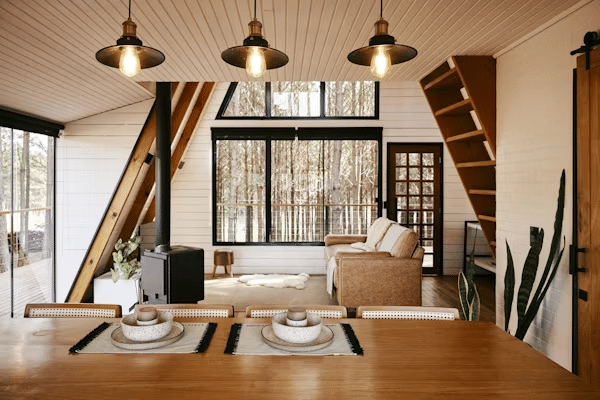
Practical Elements: Garage Doors and Security
The transition from interior comforts to exterior practicalities might seem abrupt, but these elements work together to create a complete, functional home. Your garage door, for instance, plays a surprisingly significant role in both property security and street appeal. It’s often one of the largest visible elements of your home’s facade, yet many homeowners neglect this feature until problems arise.
Roller doors have become the standard for modern garages, offering space efficiency, security, and weather protection that traditional swing doors can’t match. They operate vertically, requiring no clearance in front of the garage and maximising usable driveway space—a crucial consideration for properties with limited frontage. When functioning properly, these doors provide smooth, quiet operation that adds convenience to your daily routine.
However, like all mechanical systems, roller doors experience wear over time. Springs lose tension, tracks become misaligned, motors develop faults, and weather seals deteriorate. These issues often develop gradually, with minor inconveniences escalating into complete failures that leave your garage unusable and your property vulnerable. Strange noises during operation, slow or uneven movement, or doors that won’t open or close fully all signal the need for professional attention.
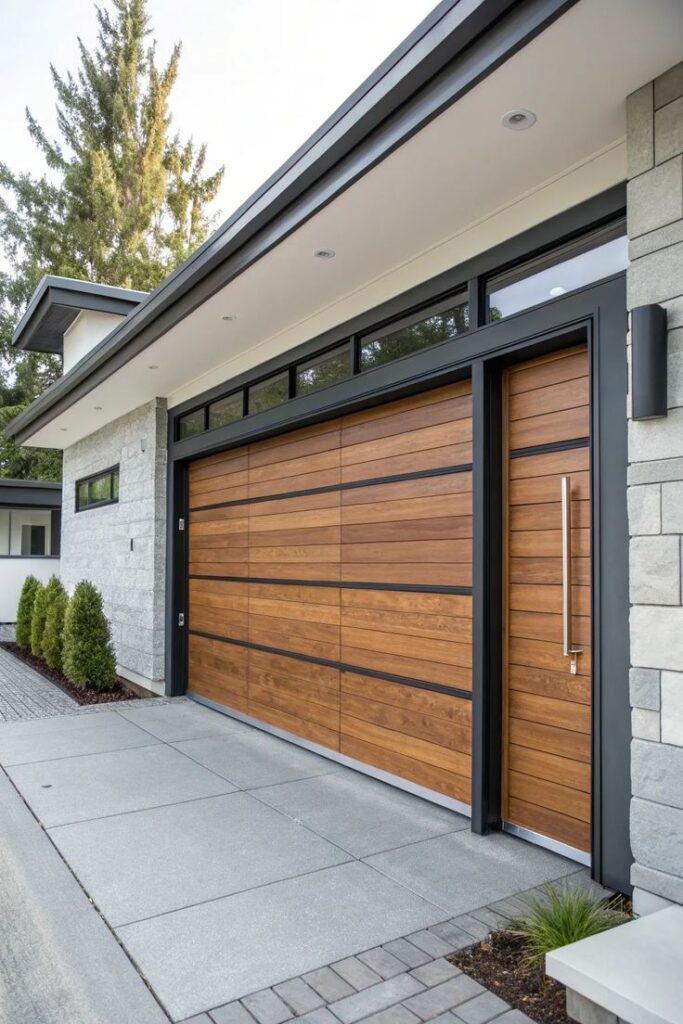
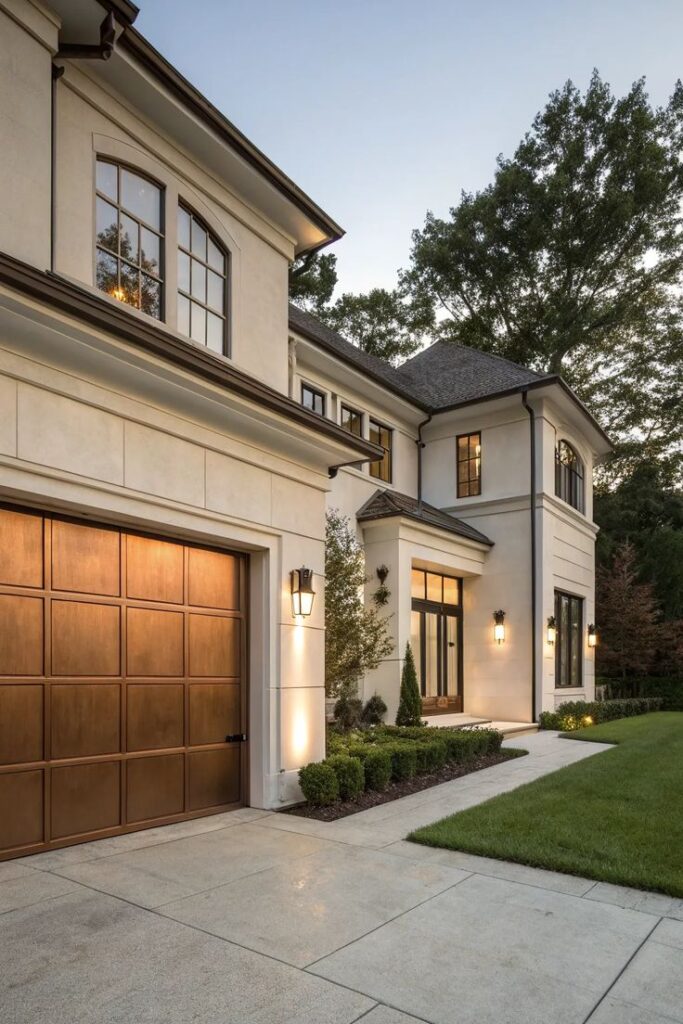
Attempting DIY repairs on roller doors poses significant safety risks—these systems operate under considerable tension, and incorrect handling can result in serious injury. The springs alone can cause devastating damage if released improperly. Additionally, modern roller doors incorporate safety features and automated systems that require specific knowledge to diagnose and repair correctly. What might appear to be a simple mechanical issue could involve electrical components, sensor misalignment, or control system failures.
Professional roller shutter repair services bring the expertise, tools, and replacement parts necessary to restore your garage door to optimal function safely and efficiently. Experienced technicians can diagnose problems quickly, often identifying underlying issues that haven’t yet caused obvious symptoms, preventing future failures. They ensure all safety features function correctly—crucial given that garage doors represent one of the largest moving objects in most homes and pose significant risks if safety mechanisms fail. Regular professional maintenance extends door lifespan considerably, protecting your investment and ensuring reliable operation for years to come.
Beyond repairs, periodic maintenance keeps roller doors functioning smoothly and identifies potential problems before they become emergencies. Lubrication of moving parts, adjustment of springs and cables, inspection of safety features, and cleaning of tracks all contribute to longevity and reliable performance. This preventive approach proves far more economical than emergency repairs or premature replacement.
Security considerations make properly functioning garage doors particularly important. An inoperable or easily compromised garage door provides an entry point for intruders and leaves valuable items stored within vulnerable to theft. Modern roller doors incorporate sophisticated locking mechanisms and can integrate with home security systems, but these features only provide protection when the door operates correctly and receives proper maintenance.

Emergency Preparedness: When Systems Fail
Even the best-maintained homes occasionally experience unexpected failures, and knowing how to respond when systems break down separates prepared homeowners from those facing extended disruption and escalating damage. Plumbing emergencies, in particular, demand immediate attention—a burst pipe or severe leak can cause thousands of pounds of damage in remarkably short timeframes.
Water damage doesn’t pause for business hours, which is why access to reliable emergency services provides invaluable peace of mind. That 2am pipe burst or weekend hot water system failure needs immediate professional response to minimise damage and restore functionality. Knowing who to call before emergency strikes eliminates the panic-driven internet searching that often leads to poor decisions about service providers.
The distinction between routine plumbing issues and genuine emergencies isn’t always obvious to homeowners. A slowly dripping tap can wait for a convenient appointment, but a rapidly leaking pipe requires immediate intervention. Understanding these differences helps you respond appropriately without overreacting to minor issues or underestimating serious problems. Warning signs like water hammer, persistent dampness, unexplained water bills increases, or sewage odours all warrant prompt professional assessment even if they seem manageable initially.
For Auckland residents, particularly those in the central city where older plumbing systems sometimes surprise even experienced homeowners, having a trusted emergency plumber Auckland central contact saved in your phone prevents the frantic searching that occurs when disaster strikes. Emergency plumbers bring more than just tools—they offer expertise in rapid problem diagnosis, knowledge of local plumbing configurations, and the ability to source parts quickly even outside standard business hours. They understand that property damage mitigation often matters more than the actual repair, taking immediate steps to prevent water damage while diagnosing the underlying problem.
The cost of emergency plumbing services typically exceeds standard rates, reflecting the inconvenience of after-hours work and the immediate response required. However, this premium often represents a fraction of the damage costs prevented by swift professional intervention. Water damage to flooring, walls, electrical systems, and personal belongings can quickly exceed thousands of pounds, making emergency service fees seem modest by comparison.
Prevention remains the best strategy for avoiding plumbing emergencies. Regular inspections identify deteriorating pipes, failing seals, and developing issues before they become crises. Knowing the location of your main water shut-off valve and understanding how to operate it can limit damage when problems occur. Simple precautions like avoiding flushing inappropriate items, being mindful of what goes down drains, and addressing minor leaks promptly all reduce the likelihood of emergency situations.

Conclusion: Creating Homes That Work and Inspire
The journey from renovation inspiration to completed transformation demands planning, patience, and informed decision-making at every stage. Whether you’re dreaming of a magazine-worthy kitchen, seeking improved comfort through better climate control, or addressing practical necessities like functioning garage doors and reliable plumbing, each improvement should enhance both your daily life and your property’s long-term value.
Remember that your home is both a financial asset and the backdrop to your daily life. The best improvements serve both purposes, providing immediate lifestyle benefits while protecting and enhancing your investment. Whether that means finally tackling that dated kitchen, installing the climate control you’ve been postponing, or simply maintaining existing systems to prevent emergencies, each decision shapes your property’s future.
- 0shares
- Facebook0
- Pinterest0
- Twitter0
